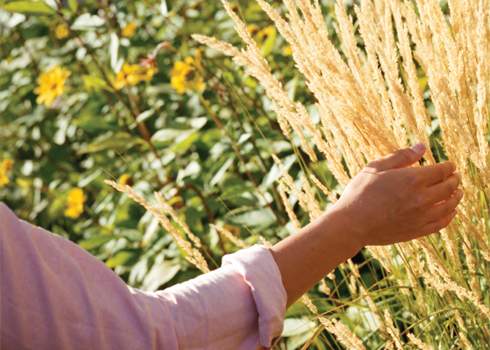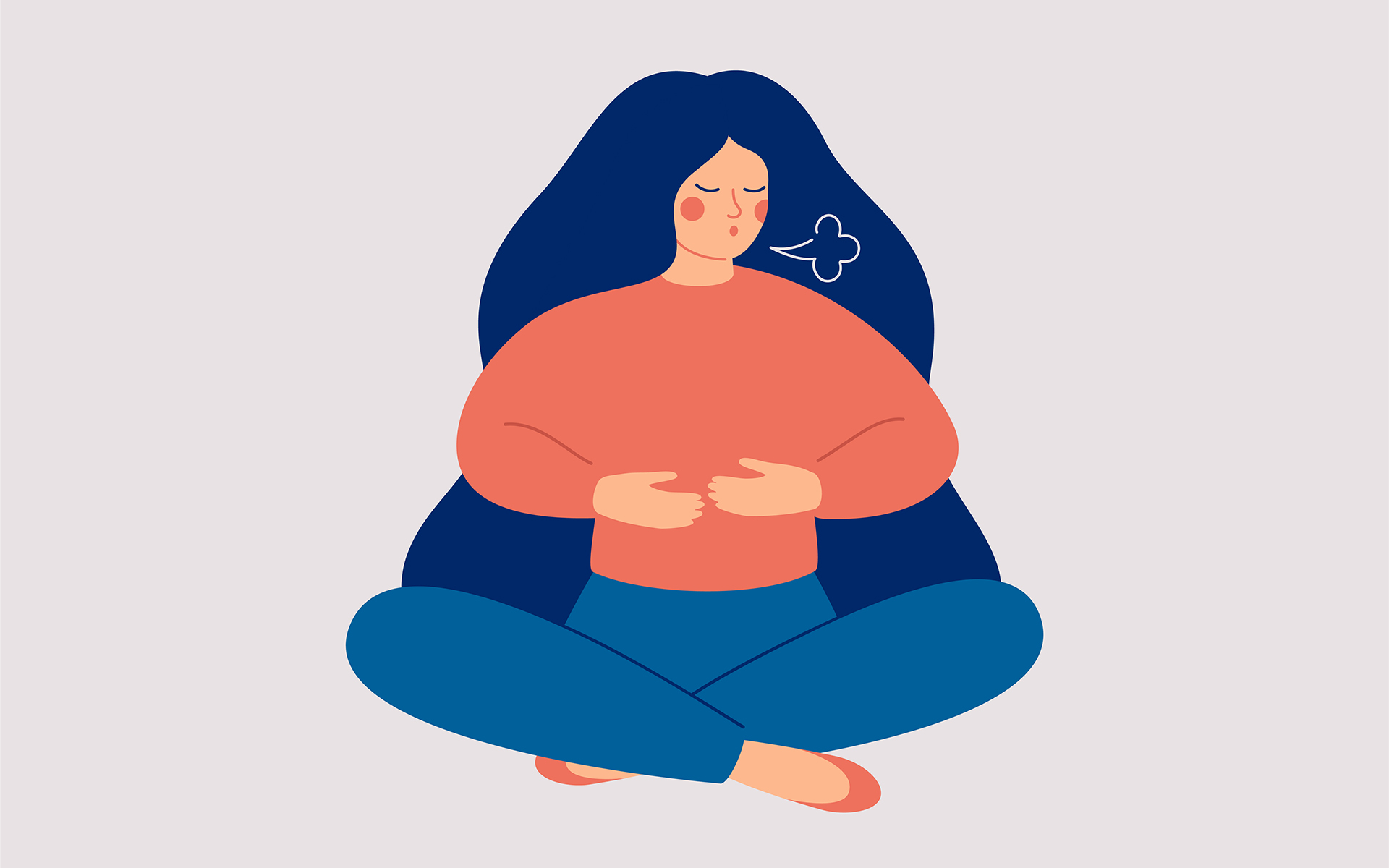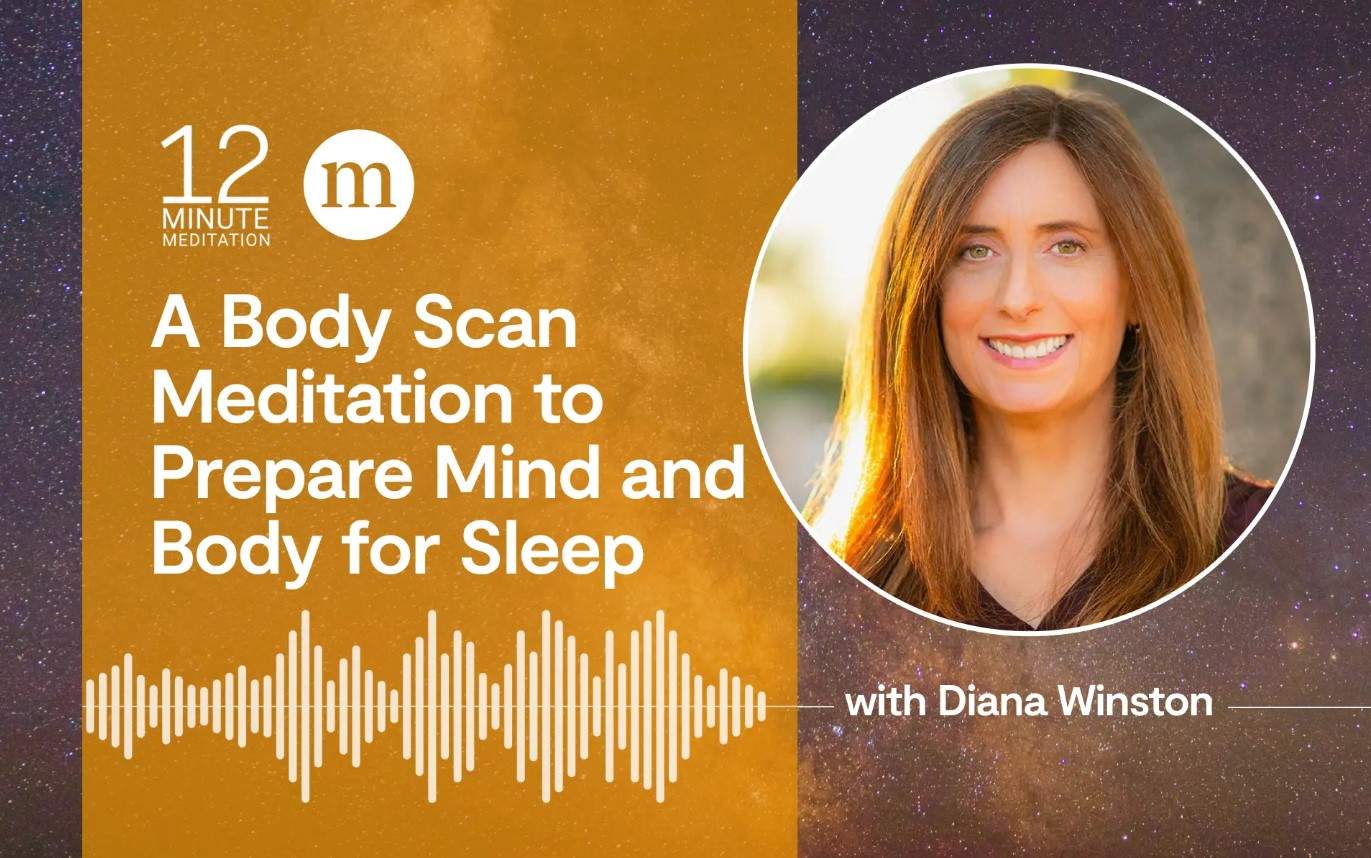When you look up from your screen, can you see a tree? A plant on your desk? Anything living besides other people? Can you open a window and take a long, deep breath of fresh air?
If the answer is no—if you spend most days breathing recycled air from a ventilation system and walking on concrete—you may be experiencing a kind of nature deficit. Over time, that deficit can leave life feeling more stressed, less joyful, and strangely flat.
We’re living through the largest wave of urbanization in human history. More than half of the world’s population now lives in cities, and for Americans the number is even higher. Many of us spend close to 90% of our time indoors, often in front of screens. It’s a dramatic shift from the way humans lived for most of our evolutionary history.
Author Richard Louv calls this “nature-deficit disorder.” As he puts it, we can’t expect to suddenly divorce ourselves from the natural world without repercussions.
Biologist Edward O. Wilson described our innate emotional connection to nature as biophilia—a deep, built-in affinity for living things. Researcher Gregory Bratman and others have found that even brief experiences in green spaces can ease stress, support attention, and lift mood. Our brains, he notes, evolved in natural settings, not in traffic jams and office towers.
Evolution moves slowly. Our environment has changed faster than our nervous systems can keep up. It is still in our nature to need nature.
The good news: you don’t need a cabin in the woods or a lakeside cottage to reconnect. Even in the middle of a busy city, you can build small, meaningful rituals that bring you back into contact with the living world.
Here are three ways to reconnect with nature, grounded in real stories and simple practices you can try.
1. Make a Relationship With One Natural Place
Biologist David Haskell has a daily practice: he sits in silence for 20 minutes and watches his breath. Over time, he wondered whether he could bring that same contemplative attention to the study of biology.
As a child, Haskell roamed gardens and woods near his home on the outskirts of Paris. As an adult, now a professor of biology at the University of the South in Sewanee, Tennessee, he decided to spend a year visiting one small patch of old-growth forest near the university every day. His book The Forest Unseen: A Year’s Watch in Nature documents that experiment.
“The practice of repeatedly giving my attention to one patch of Earth over a year caused me to open up my senses and to see more of the biological wonders of the world,” he explains. He began to notice how much he ordinarily overlooked: the shifting quality of light through the seasons, subtle changes in the soundscape, tiny interactions among plants, insects, and soil.
By returning again and again to the same spot, Haskell’s sense of separation between “people” and “nature” softened. One small place became a window into a much larger pattern. It also reminded him that many of the medicines and antibiotics we depend on originated in the soil—tiny, unseen organisms working quietly beneath our feet.
Most of us can’t spend hours observing a forest every day. But Haskell believes everyone can benefit from making a simple relationship with one natural phenomenon.
“Pick something and give it your attention, repeatedly, for a year,” he suggests. “A tree. A park. Flocks of pigeons.”
He tells the story of a friend who lives in a dense city and has only one tree on his block. Every day on the way to the subway, he checks in with that tree. What color are the leaves? Are birds or insects visiting? How does the bark feel under his hand today? That one small ritual makes him feel more connected to the living world than many people who live in the countryside.
Over time, this kind of repeated attention can shift how we experience not only nature, but also the human and cultural histories of a place. The more we look, the more richly layered the world becomes.
Try this: Choose a “sit spot” or a single living friend
- Pick one accessible natural element—a tree on your street, a small corner of a park, a view of the sky from your balcony.
- Visit it regularly, even for just 2–5 minutes a day.
- Each time, notice one or two specific details: color, light, sound, scent, temperature, small changes.
- If it helps, give your spot a name and jot down a few observations in a notebook or notes app.
You’re not trying to “achieve” anything. You’re simply building a quiet relationship with one slice of the living world.
2. Seek Out Restorative Green Spaces (Even in the City)
If you live in Cleveland, you can reconnect with nature at the Elizabeth and Nona Evans Restorative Garden, nestled within the city’s 10-acre Botanical Garden. Designed by landscape architect David Kamp, the garden was created to offer an oasis of calm in the middle of urban life.
One of Kamp’s intentions was simple: to help people pause.
“Sometimes if you just pause, your frame of mind changes,” he says.
The Restorative Garden includes three distinct areas, each with its own mood and purpose:
- The Garden for Horticultural Therapy
Sunny, colorful, and active, this space hosts programs for people with special needs and invites everyone to engage their senses through scent, texture, and movement. - The Contemplative Garden
Designed with muted colors and gentle fragrances, this quieter area sits at the highest point of the garden. A water feature muffles outside noise, and visitors can sit under the canopy of two grand oak trees and a Yulan magnolia. - The Garden for Learning and Exploring
Here, free classes connect visitors with seasonal plants, herbs, and hands-on activities. Paths, terraces, and cascading water invite touching, listening, and playful curiosity.
One of Kamp’s favorite features is the Basil Walk, where visitors brush against twelve varieties of basil as they stroll, carrying the scent home on their clothes. It’s a small example of how thoughtful design can awaken our senses and gently restore our attention.
Based on the success in Cleveland, the same designers created a channel garden in New York’s Rockefeller Center—a pocket of green right in the middle of one of the busiest tourist spots in Manhattan.
“We tried to create a place with intimacy, where someone could pause in their busy day,” says Kamp. “It changes your perspective.”
You may not have a dedicated restorative garden nearby, but many cities offer more green pockets than we realize: small parks, community gardens, quiet courtyards, riverside paths, even tree-lined streets.
Try this: Create your own “restorative route”
- Look at a map of your neighborhood and mark any green spots: parks, community gardens, tree-lined blocks, river paths, cemetery paths, even a single shady bench.
- Choose one or two that feel accessible, and build them into your week:
- A 10-minute walk through the park after work
- Eating lunch under a tree once or twice a week
- Taking a slightly longer route home that passes by water or plants
- When you arrive, pause. Put your phone away.
- Feel your feet on the ground.
- Take a few slower, deeper breaths.
- Let your senses widen: What can you see, hear, smell, touch?
Think of these places as charging stations for your nervous system—small but powerful breaks from the constant noise and speed of urban life.
3. Get Your Hands in the Soil
Some of our deepest nature memories are tied to touching the earth.
One of Peter Good’s earliest memories is going out with his father to their backyard vegetable garden in small-town Pennsylvania. His father, who worked in the tree business, treated it not just as a job but as a calling. He passed on a quiet joy in getting dirty up to the elbows and helping something grow.
“When you taste the sweetness of something freshly picked that you planted with your own hands,” Good says, “it’s medicinal. We need that.”
Good eventually moved to San Francisco, where he began designing and building urban gardens. Driving around the Bay Area, he can tell you what grew before people arrived and what has been planted since. He talks about soil with the kind of reverence some people reserve for fine food.
“As far as I’m concerned, you don’t fully know where you live until you’ve churned up the topsoil and explored what lies beneath,” he says.
Urban farming and community gardens have brought this experience back into many city neighborhoods. Growers like Brooke Budner and Caitlyn Galloway of Little City Gardens have shown how even a modest urban lot—or a rooftop—can burst into life.
For many city dwellers who take part, the harvest is only part of the reward. They love the food, but they also love:
- Stepping away from their “computer lives”
- Using their bodies in a different way
- Enjoying a landscape that isn’t framed by windows
Good recalls planting onions on his own roof and suddenly remembering his father’s garden. That memory nudged him to invite his neighbor’s four-year-old son to plant onions in a small patch of front yard. A tiny piece of ground became a place of connection between generations.
“Digging in the dirt is in our DNA,” Good says. “It’s harder to do that in the urban environments most of us live in now, but it’s not all that hard. Get out there on a sunny weekend, plant a seed, and take a kid with you. You’ll love it.”
Try this: Start small with soil
You don’t need a full backyard to experience the grounding effects of soil:
- Container gardening:
- Grow herbs on a windowsill, balcony, or fire escape (where safe and permitted).
- Start with easy plants like basil, thyme, mint, or lettuce.
- Community or school gardens:
- Look for a local community garden, school garden, or urban farm that welcomes volunteers.
- Offer an hour or two on weekends to weed, plant, or harvest.
- Micro-moments of contact:
- Repot a houseplant slowly, noticing the feel and smell of the soil.
- Invite a child in your life to plant seeds with you and watch them sprout over time.
The point isn’t to become a master gardener. It’s to remember, in a very literal way, that you are part of the earth—and that touching it can be deeply calming.
Making Nature Part of Daily Life
When we’re tired, stressed, or overwhelmed by urban life, reconnecting with nature can sound like one more big project. But it doesn’t have to be.
You don’t need to move to the country or overhaul your schedule. You can begin with:
- One place you return to regularly
- One small route that brings more green into your day
- One simple act of getting your hands in the soil
Over time, these small practices remind your body and mind of something they already know: that the living world is not separate from you. You belong to it, and it belongs to you.
This article is for general information and inspiration. If you’re struggling with your mental health, consider also reaching out to a qualified health professional for support. Nature can be a powerful ally, but it doesn’t replace professional care when it’s needed.
FAQ: Reconnecting With Nature in Everyday Life
Even short doses can help. Studies suggest that as little as 10–20 minutes in a green space can reduce stress and support mood. The key is regularity—brief, consistent contact with nature often matters more than one long trip once a year.
Look for whatever is available: a single street tree, a courtyard, a rooftop, a balcony, or even a patch of sky from your window. Reconnecting with nature is about quality of attention as much as quantity of green.
You don’t have to hike mountains or camp. Simple acts—sitting under a tree, tending a potted plant, listening to birds on your block—are enough. Start with what feels comfortable and familiar.
Try weaving nature into what you’re already doing:
– Take a slightly greener route on your commute.
– Drink your morning coffee by an open window.
– Pause for three mindful breaths whenever you pass a plant or tree.
Yes. You can watch the rain from a window, listen to the wind, notice the shapes of clouds, or step outside briefly with appropriate clothing. Nature includes all seasons and all kinds of weather.








